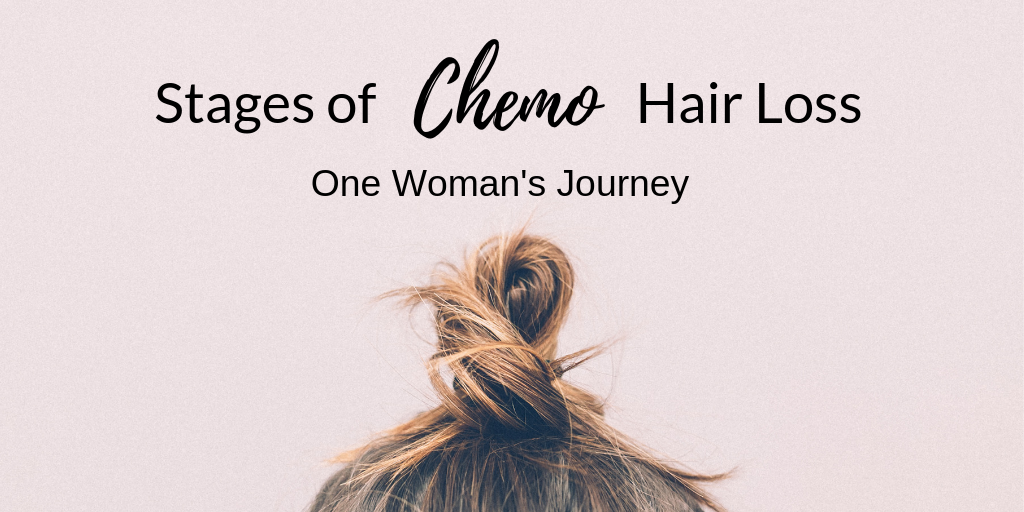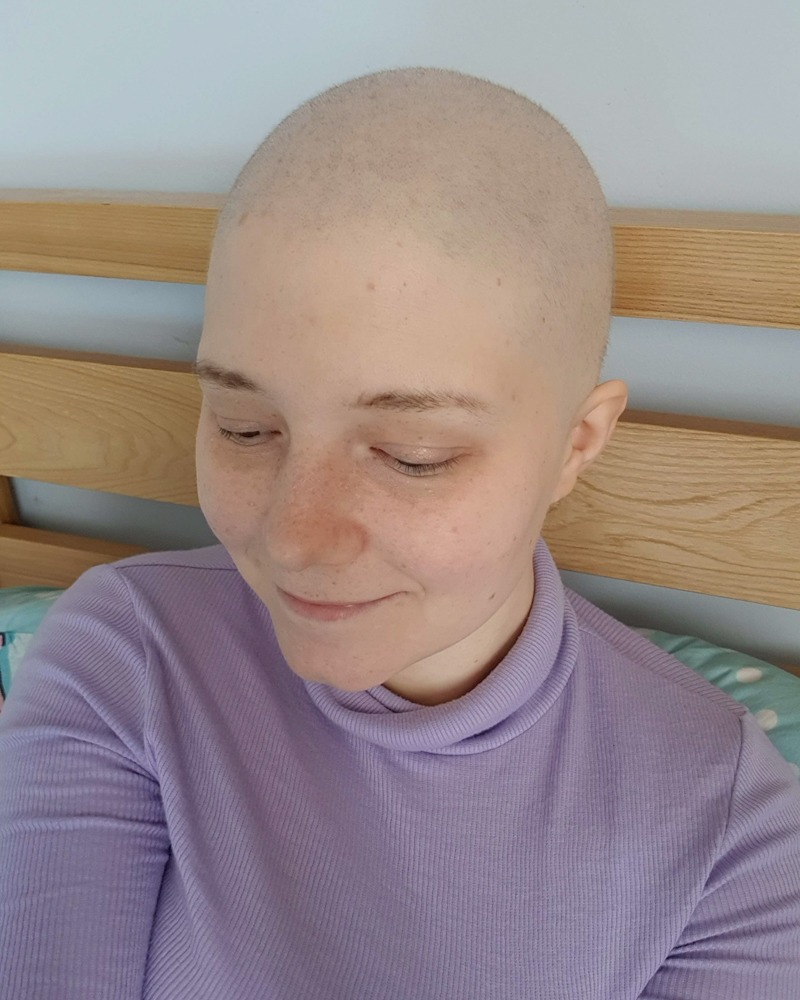Table Of Content

Chemo-related hair loss affects people in different ways. To help your hair grow back strong, treat it gently. In the early stages of hair growth, avoid coloring or bleaching it.
What color is your tongue? What's healthy, what's not?
Most of the time, your hair will grow back two to three months after chemotherapy is over. Your hair may start to grow back even while you are getting chemotherapy. Your hair may be very fine when it starts growing back.
Timeline
However, some people who undergo chemotherapy experience permanent hair loss, research shows. Certain drugs, such as docetaxel (Taxotere), can have this effect. Most people undergoing chemotherapy will begin seeing some thin, fuzzy hair a few weeks after their last treatment. Real hair may start to grow properly within 4–6 weeks.
Our mission: Ending cancer for life.
Your scalp may feel very sensitive to washing, combing, or brushing. But hair often starts to grow back even before treatment ends. Hair loss is one of the most dreaded side effects of chemotherapy, which works by targeting the fastest-growing cells in your body. Among the most rapid-growing cells are hair follicles, which divide every 23 to 72 hours. For most people, chemo-related hair loss is temporary. After chemo stops and your follicles are healthy, your hair should start to grow back.
Before chemotherapy
Topical medications have also not been found to be effective in preventing hair loss from chemo. Some people will note hair beginning to come back even before the end of treatment, but it is more common to see it growing back after two to three months. At first, you may see light amounts of fuzz-like hair return, followed by thicker amounts of hair. The effectiveness of scalp cooling is still being studied, but devices have been approved by the Food and Drug Administration (FDA). It seems to work best for taxane-based chemotherapy. Hair loss usually doesn’t happen immediately after chemotherapy.
When your hair grows back
All chemo drugs don’t cause hair loss, also called alopecia. If it happens, you’ll usually notice it within the first 2 weeks of treatment. You might not think about how important your hair is until you face losing it. If you have cancer and are about to start chemotherapy, the chance of hair loss is very real. People with cancer report hair loss as one of the side effects they fear most as they face cancer treatment. Doctors often prescribe oral medications to be used along with topical minoxidil because studies show the combination boosts hair production.
Hair can also fall out when it reaches a certain length or when a person pulls it. Due to this, the scalp is always shedding some hair. It may show up in patches, or even with a different color or texture than it did before. I tell them that’s certainly one option, but wigs can be expensive as well as hot, particularly here in Texas and especially during the summer months.

Other chemotherapy drugs can be swallowed in pill form. The other important thing if you are talking about scarves is looking at the size um and texture of what they are. It won’t provide enough coverage so when you tie it you’ll find you’ve got sort of gaps and won’t be a good size. The sort of size you are looking for is this sort of one, you can see it’s quite big that’s the sort ideal size of head scarf. This is cotton so it’s got a little bit of grip it’s not going to slide. The problem is this is a really beautiful scarf but this is silk.
Find more top doctors on
Not all anti-tumor antibiotics will cause hair loss. Among these, Adriamycin (doxorubicin) and Idamycin (idarubicin) are more likely to cause hair loss. For more information about where to buy wigs and hairpieces, read our resource Where to Buy Wigs and Hairpieces.
Their effectiveness largely depends upon what type of alopecia you have and how quickly you start treatment. With some chemotherapies, people might also lose their eyebrows and eyelashes. Make-up, eyebrow pencil, eyeliner or false eyelashes can help, and many cancer support groups have workshops to help patients learn these techniques. Your cancer doctor or specialist nurse can tell you more about the treatment you are having and its possible effects on your hair. Some normal cells in the area being treated can also be damaged by radiotherapy.
Jill Martin on getting an 'ambush makeover' as she tries on wigs after hair loss - The Independent
Jill Martin on getting an 'ambush makeover' as she tries on wigs after hair loss.
Posted: Thu, 28 Dec 2023 08:00:00 GMT [source]
This article will go over why hair loss from chemo happens. You'll learn about the stages of hair loss from chemotherapy, as well as tips for coping with chemo hair loss. Chemotherapy treatment can be physically and emotionally challenging, and the side effects can be the same. One of the side effects of chemotherapy can be hair loss. Hair regrowth after chemotherapy can be a positive sign of a person’s improving health. Sometimes, the change is short-lived, but in other cases, it may be permanent.
It could fall out very quickly in clumps or gradually. You'll likely notice hair on your pillow, in your hairbrush or comb, or in your sink or shower drain. Other factors that can lead to hair loss include illness, surgery, or dietary changes (low-protein diets or very low-calorie diets). Chemotherapy-induced hair loss is almost always temporary and reversible, though there have been a few rare exceptions. Some small, limited studies have found that certain supplements and shampoos could be helpful, dermatologists say. Alopecia areata is an autoimmune disease that causes hair to fall out in nickel- or quarter-size patches.
If it’s an expected side effect, you can consider how you want to handle it. You might decide to try a short haircut, look into using scalp cooling caps, or start the process of choosing a wig. There are some minor side effects of scalp cooling caps.
Some people say that if the chemo drugs can’t get to your scalp, some cancer cells might remain -- but that’s rarely been reported. There are side effects as well, including head and neck aches. Some chemotherapy drugs can permanently damage the hair follicles. Other chemotherapy drugs can have the same effect in high doses.

Some people do not lose all of their hair until they have nearly completed chemotherapy. If you are new to this common cancer treatment, you're probably wondering how chemotherapy works, if you will lose your hair or even if chemotherapy hurts. You can't have scalp cooling when undergoing continuous chemotherapy through a pump or chemotherapy tablets.
(It’s also easier to manage under wigs.) If you choose to shave your head, use an electric shaver or have it done at a barbershop. The prescription must clearly state hair prosthesis secondary to alopecia. Scalp cooling may be effective but can be expensive and not work for everyone.

No comments:
Post a Comment